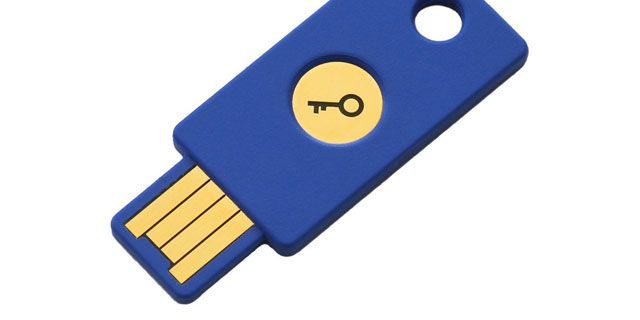When it comes to 3D printing, the sky is the limit. As 3D printing technology continues to advance, applications can be as far reaching as airplane and automobile parts to medical devices and even anatomically correct, biocompatible models. Although 3D printing technology is developing at a rapid pace, the technology itself is not new. It emerged in the 1980s as a means of creating rapid prototypes. In recent years the applications for 3D printed models have evolved with the available hardware, software, and printable materials. Evolving technology, paired with the creative and innovative minds of scientists, engineers, and physicians, has been the launching pad for developments within 3D printing technology specific to healthcare. One way 3D printing technology is poised to create better patient outcomes is in creating an anatomically and patient-specific models to aid in surgery and medical procedures. With the capability to 3D ...

If you want to protect your account from hackers, a password might not be enough.You should be using two-factor authentication, where a special code is texted to your phone every time you log in. But this method has its downsides as well, which is why many companies, like Google, Dropbox, and now Facebook, are using something better: Universal 2nd Factor, or U2F.
U2F was designed by the Fido Alliance as a more secure alternative to two-factor authentication. It's a device that can plug into your USB port and contains an encrypted key for logging into your accounts. That encrypted key is supported by a number of services and can be used instead of two-factor for authorizing your account.
As of today, Facebook is the latest service to allow U2F on its platform. This means that you can use a U2F key instead of two-factor when logging into your Facebook account. With U2F, you're less vulnerable to phishing attacks than when using two-factor, and it's easier on your part.
There are still some downsides, though. U2F for Facebook only works with two browsers, Chrome and Opera. And U2F is still unavailable on Facebook's mobile app. However, if you use Facebook on desktop in either of those browsers, U2F is your best option for security. You can pick up a U2F key right now for $18.
Source: Facebook via Ars Technica
Comments
Post a Comment